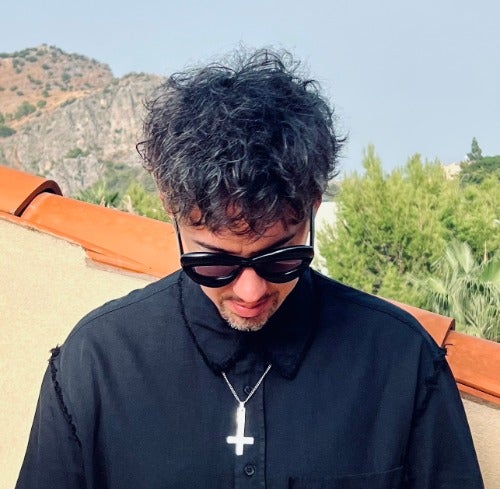
With awards season in full swing surrounding the recent announcement of this year's Golden Globe nominations, the astounding visual effects feat at the heart of Furious 7 is starting to pick up some critical traction. Though a handful of creatives at Peter Jackson's visual effects company Weta Digital have previously spoken about the difficulties of paying tribute to the late Paul Walker while retaining a sense of realism, VFX supervisor Joe Letteri's recent interview with THR should definitely make sure those visual accomplishments stay in awards conversations.

"We didn't have everything you would have wanted from a reference and research perspective," Letteri reveals. "When Universal and the filmmakers regrouped and decided they did want to finish the film and the Paul Walker story, we thought at most we could get one scene of a digital Paul that maybe had some dialogue in it, and we'd have to find other ways to finish the story."
Paul's brothers, Caleb and Cody, then offered to help filmmakers make the transition as smooth as possible. This was an enormous benefit, says Letteri, as it prevented his team from having to use CG thanks to their physical similarities:
It really gave us something as close to Paul as we could hope for. That got us a long way toward being able to create a realistic character and performance. Then we started to work on: What does the story really want to be, and can we do it? The scope of the work bloomed so we could tell the story and finish the character arc.
Letteri estimates that roughly 260 shots involved performances by "one of the two brothers," whose faces were later replaced by CG versions of Paul’s. An additional actor, John Brotherton, also stood in for Paul in other scenes. Using outtakes and older footage of Walker, Weta Digital compiled another 90 or so shots including the emotional final moments of the film. "We used a lot of Paul's footage as reference, because as close as the brothers were in style and mannerisms, they just weren't Paul when Paul played his character," says Letteri. "We really tried to limit our interpretation of the character to things that we had seen Paul do as the character. We found performances that matched the situation that we needed to put him in, and we used that to guide us."

However, some of Furious 7’s most difficult work involved meticulously combing each and every detail of the scenes to ensure the presence of Paul Walker felt as natural as possible. "You’d see small changes in the corners of his mouth that would telegraph what he was thinking, or in the corners of the eyes," says Letteri. "These are really small details, but if you get them wrong, you feel that there is something fake about the performance."
Ultimately, Letteri and the rest of the Furious 7 crew just wanted to pay proper tribute to a friend gone too soon. "It was too important to complete the story in respect to Paul's memory [and] to make sure that when you watched it, you didn't think about any of the work that we did," he adds. "If you were a fan, you were watching Paul's performance and saying goodbye."

